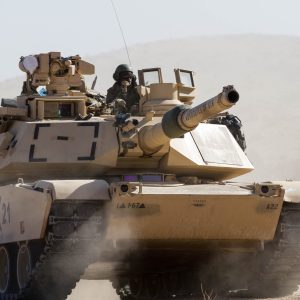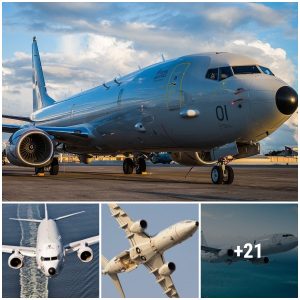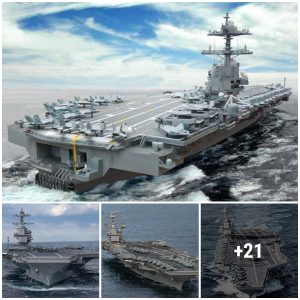The SEPECAT Jaguar attack fighter, a platform jointly developed by Britain and France, first flew in 1968 and was operated by six countries. These included its two developers as well as Oman, Nigeria, Ecuador and India. Japan’s Mitsubishi also borrowed several aspects from the Jaguar’s design to independently develop the F-1 attack fighter for its own Air Force. Of all the operators of the Jaguar and F-1, India today remains the only nation to retain such platforms in service. 95 Jaguar attack fighters serve in India’s Air Force operating in five separate squadrons, and alongside approximately a dozen MiG-27 strike fighters they represent the country’s only dedicated air to ground capabilities.

Having invested heavily in acquiring a large Jaguar fleet, the Indian Air Force has sought to modernise its forces rather than retire them as other operators have. One key part of this modernisation is replacing the fighters’ British made Rolls-Royce Adour 804/811 engines with more advanced engines from the American firm Honeywell, the F-125N. These new engines will be fitted onto the entire fleet, and are set to provide a power increase of approximately 50% for the aircraft. This will be an invaluable asset considering the Jaguar’s role as an attack platform – allowing it to respond more quickly to provide support to ground forces.

One senior Indian defence official commented on the Jaguar modernisation program: “The stuck project is being revived and pushed by the Air Force. A number of sticky issues with Honeywell have been sorted out and it is expected that there will be some movement forward in the deal in the coming times.” While the Indian parliament was promised that the upgrade would be complete by December 2017, the program has stalled significantly. According to the Indian Air Force, the fighters are set to remain in service for years to come despite their age. As one anonymous Indian military source stated: “If upgraded and re-engined, the Jaguar can serve as a potent fighter while the government can go on deciding on new aircraft to be procured for the Air Force.” While the Jaguar is significantly older than the MiG-27 it may well outlive the high maintenance Soviet era strike fighter.

Though the Jaguar’s life can be extended, it will eventually be replaced as part of India’s military modernisation program. With attack fighters being perhaps the simplest and least costly class of fighter in the world to design, India could well go on to produce its own modern attack platform to replace the Jaguar.
This would be a less complicated task than developing an indigenous fourth generation Multirole platform, one already embarked on though with limited success under the HAL Tejas program. Indeed, the F-1 was chosen as Japan’s first fighter program since the imperial era precisely because of the simplicity of such platforms relative to those designed for air to air combat. Development of an indigenous replacement to the Jaguar could well occur by the mid 2020s – giving the country’s Air Force its first indigenous and reliable fixed wing fighter.






